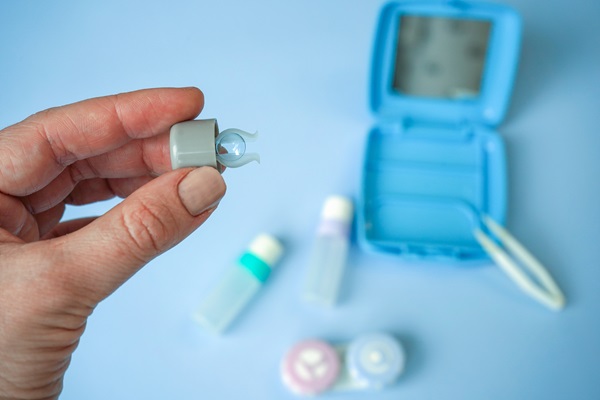Seeing an Opthalmologist About Retina Damage

If you have an issue with your retina, you need to visit the ophthalmologist. Ophthalmologists complete at least 12 years of education and training before going into practice. These doctors practice both surgery and medicine and can diagnose and treat your retina problem. Find out what to expect when you visit an ophthalmologist for retina damage. Then make an appointment, so you can get a proper diagnosis and undergo treatment.
Testing the retina at the ophthalmologist
The ophthalmologist must run a series of tests to determine the cause and extent of the retina damage. The examination typically takes approximately two hours. The pupils are dilated for the examination and remain dilated afterward. The pupils generally return to normal four hours after the examination. Learn the different tests the ophthalmologist runs to diagnose retina issues.
Visual field test
The ophthalmologist usually begins with a visual field test. The patient covers an eye and looks at a fixed spot in the room. A light flashes and the patient presses the button. The test diagnoses blind spots in the vision. If blind spots are detected, the ophthalmologist will conduct further testing to determine the cause. The blind spots might be due to a retinal detachment.
Slit-lamp ophthalmoscopy
The ophthalmologist conducts slit-lamp ophthalmoscopy to see the eye’s internal structures, including the retina. The ophthalmologist will likely begin by numbing the eye with a topical anesthetic. Then the doctor will place a diagnostic contact lens on the eye and use a special microscope to view the inside of the eye. The ophthalmologist can diagnose retinal detachments with this test.
Indirect ophthalmoscopy
Patients might also undergo indirect ophthalmoscopy. Patients recline in the examination chair. Doctors use a head-mounted instrument to view the retina and other interior structures of the eye. Ophthalmologists like this test because it allows them to see the peripheral retina.
Ocular ultrasound
An ophthalmologist can use high-frequency sound waves to examine the retina and the rest of the eye. These sound waves are dispersed using an ocular ultrasound. A gel is placed over the eye, and the ophthalmologist runs the wand over the eye. An ocular ultrasound can diagnose a retinal detachment, vitreous hemorrhage and vitreous detachment.
Fluorescein angiography
The eye contains blood vessels. If these blood vessels are damaged or abnormal, the patient can develop an eye issue. An ophthalmologist uses fluorescein angiography to look at the blood vessels in the retina. The ophthalmologist injects a dye into the arm and it circulates to the eyes. The doctor takes pictures and then views them to look for abnormalities.
Visit the ophthalmologist for an exam
If you have retina issues, it is time to make an appointment with the ophthalmologist. Your ophthalmologist will run various tests, depending on your symptoms. You might undergo a visual field test, slit-lamp ophthalmoscopy, indirect ophthalmoscopy, ocular ultrasound and fluorescein angiography. After the tests, the doctor will discuss your treatment options so you can decide which is the right one for you.
Request an appointment here: https://brighteyesny.com or call Bright Eyes Optometry at (914) 730-9574 for an appointment in our New Rochelle office.
Check out what others are saying about our services on Yelp: Ophthalmologist in New Rochelle, NY.
Recent Posts
While most people think of eye doctor in the context of prescription glasses and contact lenses, they offer other eye-related healthcare services. People should receive routine eye examinations to catch eye disease and other issues early on. However, if you are unsure whether you should see an eye doctor, here are five signs that it…
Skewed or blurry vision, sensitivity to light, and eye swelling can result from various factors, but sometimes it results from a thin, irregular-shaped corneus. Keratoconus treatment addresses issues or damage caused to this portion of the eye, but it does so through various means and depends on the stage of the condition.Before jumping into treatment…
Cataracts can cloud your vision, getting in the way of driving, talking with friends, and other everyday activities. Thankfully, an optometrist can restore your vision through cataract treatment. Whether you are looking to remove cataracts through surgery or simply want to minimize symptoms and slow their progression, look to an optometrist for assistance.According to the…
An ophthalmologist is one of several types of professionals who have a specific role to play in the field of vision health. Along with optometrists and opticians, an ophthalmologist can make up a part of a comprehensive eye care team. The similar-sounding names of these three types of providers can cause confusion among patients. However,…



